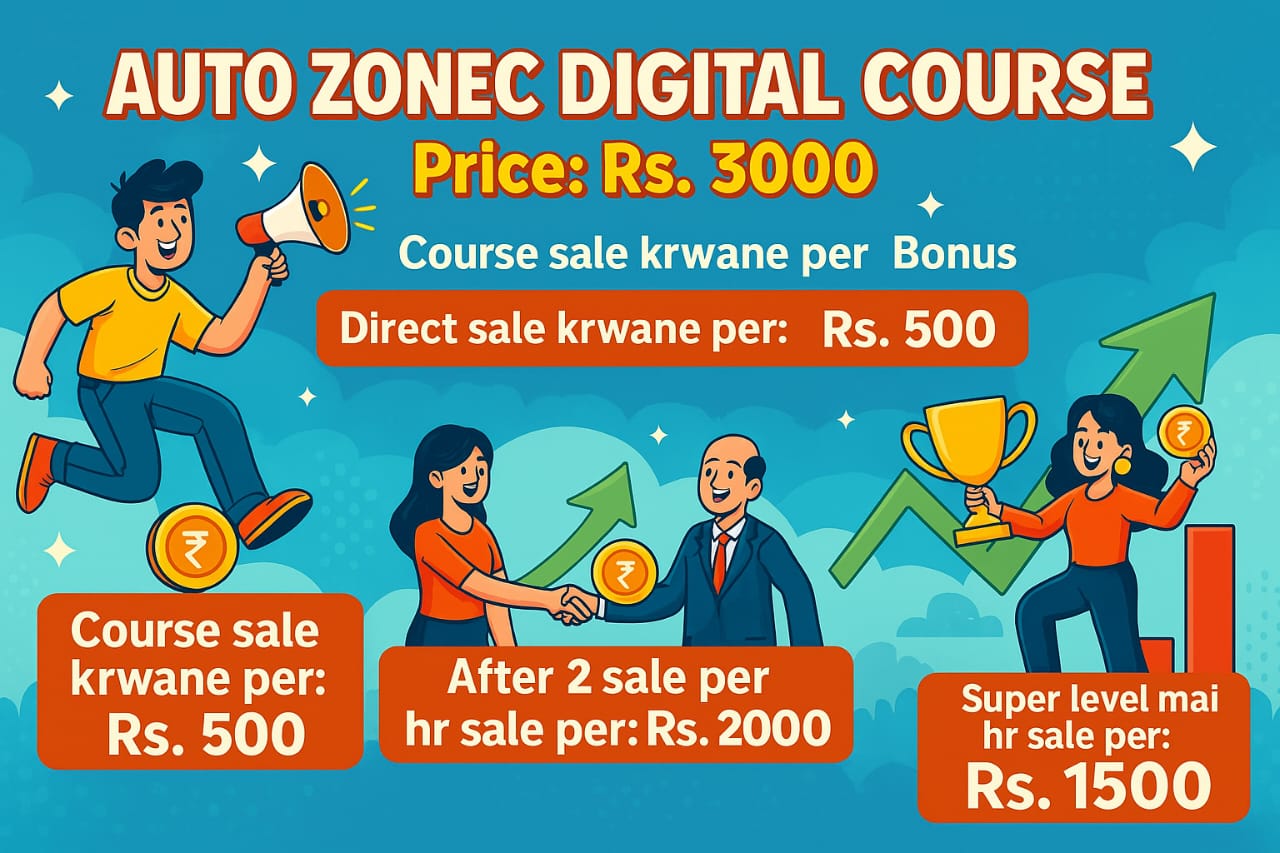
Virtual Visions: Navigating the Future of Immersive Technology
SEO Description: Step into the future of immersive technology with "The Rise of Virtual Reality." Explore the latest advancements in VR and discover how this revolutionary technology is shaping the way we experience the world. Don't miss out on this groundbreaking exploration of virtual reality's impact on our future.
Meta Keywords: Virtual reality Immersive technology VR experiences Future of technology Virtual reality gaming Augmented reality D environments Interactive simulations VR headsets Virtual world Digital experiences VR technology Realistic simulations VR entertainment Virtual reality devices Immersive storytelling Virtual reality applications VR innovation Virtual reality experiences VR gaming industry Cutting-edge technology Virtual reality content VR revolution Virtual reality advancements Future of immersive experiences
The Rise of Virtual Reality: Stepping Into the Future of Immersive Technology
In recent years, advancements in technology have brought about a new era of immersive experiences. Virtual Reality (VR) has become increasingly popular, offering users the opportunity to step into a whole new world and interact with their surroundings in ways never before possible. This cutting-edge technology has the potential to revolutionize industries such as entertainment, gaming, education, and even healthcare.
The Evolution of Virtual Reality
Virtual Reality is not a new concept, but recent technological advancements have brought it to the forefront of mainstream media. The idea of immersing oneself in a virtual environment has been around for decades, with early iterations of VR seen as far back as the 1950s. However, it wasn't until the 2010s that VR truly began to take off, thanks to the development of affordable headsets and powerful computing systems.
One of the key factors driving the rise of VR is the increasing demand for more immersive experiences. As technology continues to evolve, consumers are looking for new and exciting ways to engage with content. VR offers a way to transport users to different worlds and realities, allowing them to explore and interact with their environment in ways that were previously only possible in science fiction.
- Virtual Reality is revolutionizing the gaming industry, with developers creating highly immersive experiences that blur the line between reality and fantasy.
- Education is another area that stands to benefit from VR technology, with schools and universities using virtual environments to teach complex concepts in a more engaging way.
- Healthcare is also seeing the potential of VR, with doctors using virtual simulations to practice surgeries and medical procedures before performing them on real patients.
As VR technology continues to improve and become more accessible, we can expect to see even greater advancements in the field. The future of immersive technology is bright, and the possibilities are endless.
The Evolution of Virtual Reality
Virtual reality technology has come a long way since its inception. In the early days, VR was mainly used for military training and simulation purposes. However, with advancements in technology, VR has become more accessible to the general public. The development of powerful gaming consoles and affordable VR headsets has made it possible for anyone to experience immersive virtual worlds from the comfort of their own homes.
The Impact of Virtual Reality on Various Industries
Virtual reality has the potential to revolutionize various industries, including gaming, healthcare, education, and entertainment. Here are some examples of how VR is being used in these fields:
Gaming
- VR gaming has become increasingly popular in recent years, with developers creating immersive and interactive experiences for players.
- Games like Beat Saber and Half-Life: Alyx have received critical acclaim for their innovative use of VR technology.
Healthcare
- Virtual reality is being used in healthcare for purposes such as medical training, pain management, and therapy.
- VR simulations can help medical students practice surgeries in a safe and controlled environment.
Education
- VR technology is transforming the way students learn by providing immersive and engaging educational experiences.
- Students can explore historical landmarks, outer space, and other remote locations through virtual reality.
Entertainment
- Virtual reality is changing the way we consume entertainment, with VR concerts, movie theaters, and theme park experiences becoming more common.
- Immersive VR experiences allow users to feel like they are part of the action, whether it's attending a live concert or exploring a virtual theme park.
The Future of Virtual Reality
As technology continues to advance, the future of virtual reality looks promising. Here are some trends to watch out for in the coming years:
Wireless VR
One of the biggest drawbacks of current VR technology is the need for wires and cables, which can limit movement and immersion. Wireless VR headsets are already in development, offering users a more seamless and untethered experience.
Augmented Reality Integration
Augmented reality (AR) is another immersive technology that is gaining popularity. The integration of AR and VR could create even more realistic and interactive virtual experiences for users.
Social VR
Virtual reality has the potential to connect people from all over the world in shared virtual spaces. Social VR platforms like VRChat and Rec Room allow users to interact with each other in virtual environments, opening up new possibilities for collaboration and communication.
AI and Machine Learning
Advancements in artificial intelligence (AI) and machine learning are also shaping the future of virtual reality. AI-powered virtual assistants and intelligent NPCs (non-player characters) can enhance the realism and interactivity of virtual worlds.
Conclusion
Virtual reality technology has come a long way since its early days, and its potential for revolutionizing various industries is immense. As VR continues to evolve and become more accessible, we can expect to see even more immersive and interactive experiences in the future. The rise of virtual reality is indeed stepping into the future of immersive technology, and the possibilities are endless.
The Rise of Virtual Reality: Stepping Into the Future of Immersive Technology
Virtual Reality in Entertainment
Virtual reality has already made a significant impact on the entertainment industry. Video game developers have been quick to adopt this new technology, creating immersive and interactive experiences that transport players to new worlds. With the rise of VR headsets such as the Oculus Rift and HTC Vive, gamers can now fully immerse themselves in the games they play, feeling as though they are actually inside the game world.
But VR is not just limited to gaming. The film industry has also started to explore the possibilities of virtual reality, creating 360-degree videos and immersive experiences that allow viewers to step into the movie itself. This new form of storytelling has the potential to revolutionize the way we consume media, blurring the lines between reality and fiction.
Virtual Reality in Education
Virtual reality is also making waves in the field of education. Teachers are now using VR technology to create virtual classrooms, allowing students to explore historical events, travel to far-off places, and conduct scientific experiments in a safe and controlled environment. This hands-on approach to learning has been shown to increase student engagement and retention, making education more interactive and effective.
VR also has the potential to make education more accessible to students who may not have access to traditional resources. Virtual field trips, for example, allow students to visit museums, historical sites, and other locations without ever leaving the classroom. This opens up a world of possibilities for students who may not have the means to travel or the ability to participate in traditional field trips.
Virtual Reality in Healthcare
Another area where virtual reality is making a big impact is healthcare. Surgeons are now using VR technology to practice complex procedures before performing them on actual patients, reducing the risk of errors and improving patient outcomes. VR is also being used to treat phobias, PTSD, and other mental health conditions, providing patients with a safe and controlled environment in which to confront their fears.
Virtual reality has also been shown to help patients manage chronic pain, reduce stress and anxiety, and improve overall well-being. By immersing patients in calming and relaxing environments, VR can provide a much-needed escape from the pressures of everyday life, helping patients to focus on their recovery and rehabilitation.
Conclusion
As virtual reality technology continues to advance, the possibilities for its use are virtually endless. From entertainment and education to healthcare and beyond, VR has the potential to revolutionize the way we live, work, and play. By immersing users in fully interactive and immersive experiences, virtual reality is paving the way for a future where the boundaries between the physical and digital worlds are blurred, and the possibilities are truly limitless.
Virtual reality (VR) technology has come a long way since its inception, and the future looks even more promising. With advancements in hardware and software, the possibilities for immersive experiences are endless. In this section, we will explore some of the key developments that are shaping the future of virtual reality. **1. Enhanced Graphics and Display Technology** One of the most important aspects of virtual reality is the visual experience. As technology improves, VR headsets are becoming more advanced in terms of graphics and display technology. High-resolution screens, faster refresh rates, and improved field of view are just some of the features that are making virtual reality more realistic and immersive. Companies like Oculus, HTC, and Sony are constantly pushing the boundaries of display technology to create a more lifelike experience for users. The latest VR headsets offer stunning visuals that rival real life, making it difficult to distinguish between the virtual world and reality. **2. Advanced Tracking and Motion Control** Another key development in virtual reality technology is advanced tracking and motion control. With the help of sensors and cameras, VR headsets can track the movement of the user's head and hands with incredible precision. This allows for a more natural and intuitive interaction with the virtual environment. Motion controllers have also become more sophisticated, offering haptic feedback and precise tracking of hand movements. This enables users to interact with objects in the virtual world in a more realistic way, enhancing the overall immersive experience. **3. Wireless and Standalone VR** One of the limitations of virtual reality has been the need for a wired connection to a powerful PC or gaming console. However, recent advancements in wireless technology have made it possible to experience VR without being tethered to a computer. Standalone VR headsets like the Oculus Quest and HTC Vive Focus allow users to enjoy immersive experiences without the need for external hardware. These devices have built-in processors and sensors, making them completely self-contained and easy to use. **4. Social VR Experiences** Virtual reality is not just about immersive gaming and entertainment. It also has the potential to revolutionize social interactions and communication. With the rise of social VR platforms like Facebook Horizon and VRChat, users can connect with friends and strangers in virtual spaces, interact with each other in real-time, and even attend virtual events and conferences. These social VR experiences are breaking down barriers and bringing people together in ways that were never before possible. Whether it's exploring virtual worlds, playing games, or simply chatting with friends, social VR is opening up new possibilities for human connection. **5. Augmented Reality Integration** While virtual reality immerses users in a completely digital environment, augmented reality (AR) overlays digital information on the real world. The integration of AR and VR technologies has the potential to create truly immersive experiences that blend the physical and digital worlds seamlessly. With the rise of devices like Microsoft HoloLens and Magic Leap, augmented reality is becoming more accessible and mainstream. These devices allow users to interact with digital content in the real world, opening up new possibilities for gaming, education, and productivity. In conclusion, the future of virtual reality is bright and full of exciting possibilities. With advancements in graphics, display technology, tracking, and motion control, VR experiences are becoming more immersive and realistic than ever before. The integration of social VR, wireless technology, and augmented reality is further expanding the potential of virtual reality beyond gaming and entertainment. As the technology continues to evolve, we can expect to see even more innovative and immersive experiences that will change the way we interact with the digital world.Case Studies
Oculus Rift
One of the most popular virtual reality headsets on the market is the Oculus Rift. Developed by Oculus VR, a subsidiary of Facebook, the Rift has gained widespread popularity for its immersive gaming experiences. Users can step into virtual worlds and interact with their environment in ways never before possible. For example, in the game "Beat Saber," players wield virtual lightsabers and slice through blocks to the beat of music, creating a truly immersive experience.
Google Cardboard
On the more affordable end of the spectrum is Google Cardboard, a simple virtual reality headset made out of, you guessed it, cardboard. While not as advanced as high-end headsets like the Oculus Rift, Google Cardboard still provides a surprisingly immersive experience. One interesting case study involves the New York Times, which distributed over a million Google Cardboard headsets to subscribers in order to provide a virtual reality experience with their news stories. Users were able to step into the shoes of journalists reporting on stories from around the world, creating a more engaging and immersive way to consume news.
Future Applications
Virtual Tours
One exciting application of virtual reality technology is virtual tours. Real estate companies, for example, can use virtual reality to provide potential buyers with immersive tours of properties without them having to physically visit the location. This can save time and resources for both the buyer and the seller, as well as provide a more engaging and interactive experience.
Training and Education
Virtual reality has the potential to revolutionize training and education. For example, medical students can use virtual reality simulations to practice surgical procedures in a safe and controlled environment. This hands-on experience can help students gain valuable skills and confidence before performing procedures on real patients. Similarly, virtual reality can be used to provide immersive training experiences for a wide range of industries, from aviation to construction.
Conclusion
As virtual reality technology continues to advance, the possibilities for immersive experiences are endless. From gaming to education to healthcare, virtual reality has the potential to transform how we interact with the world around us. Whether you're exploring a new world in a video game or training for a high-stakes surgery, virtual reality allows us to step into the future of immersive technology.
Virtual Visions: Navigating the Future of Immersive Technology
Written by: wikibrand
Published on: April 28, 2025


















